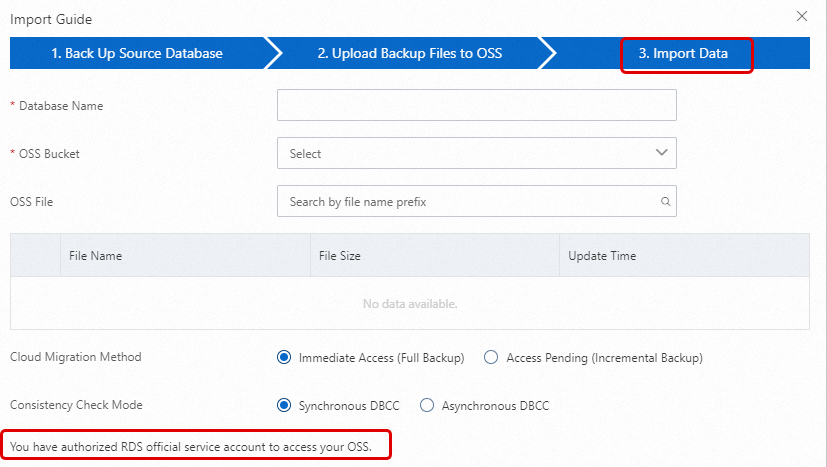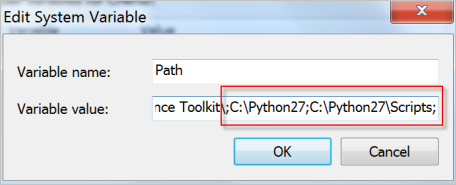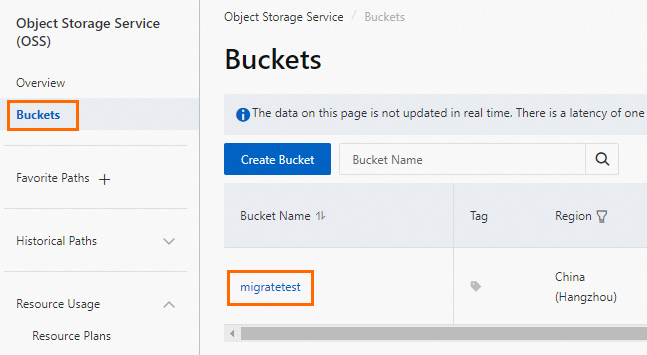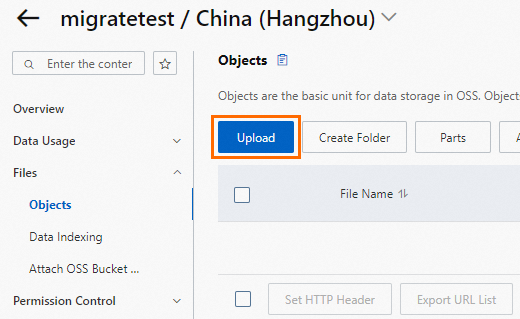HTTP Status Code | Error | Description | Description |
403 | InvalidDBName | The specified database name is not allowed. | The error message returned because the specified database names are invalid. For example, if the name of a database is the same as the name of a system database, the name of the database is invalid. |
403 | IncorrectDBInstanceState | Current DB instance state does not support this operation. | The error message returned because the RDS instance is not in a required state. For example, the RDS instance is in the Creating state. |
400 | IncorrectDBInstanceType | Current DB instance type does not support this operation. | The error message returned because the RDS instance does not run SQL Server. |
400 | IncorrectDBInstanceLockMode | Current DB instance lock mode does not support this operation. | The error message returned because the RDS instance is in a locking state that does not support the operation. |
400 | InvalidDBName.NotFound | Specified one or more DB name does not exist or DB status does not support. | The error message returned because the specified databases cannot be found. SQL Server 2008 R2: Create databases on the RDS instance before the data migration. Make sure that each database whose data you want to migrate from the self-managed instance has a counterpart with an identical name on the RDS instance. SQL Server 2012 or later: Make sure that each database whose data you want to migrate from the self-managed instance does not have a counterpart with an identical name on the RDS instance.
|
400 | IncorrectDBType | Current DB type does not support this operation. | The error message returned because the operation is not supported by the database engine that is run on the RDS instance. |
400 | IncorrectDBState | Current DB state does not support this operation. | The error message returned because the databases are being created or receiving data from another migration task. |
400 | UploadLimitExceeded | UploadTimesQuotaExceeded: Exceeding the daily upload times of this DB. | The error message returned because the number of data migration tasks that are performed on a single database on the day exceeds 20. |
400 | ConcurrentTaskExceeded | Concurrent task exceeding the allowed amount. | The error message returned because the number of data migration tasks that are performed on a single database on the day exceeds 500. |
400 | IncorrectFileExtension | The file extension does not support. | The error message returned because the file name extensions of the backup files are invalid. |
400 | InvalidOssUrl | Specified oss url is not valid. | The error message returned because the specified URL to download backup files from the OSS bucket is invalid. |
400 | BakFileSizeExceeded | Exceeding the allowed bak file size. | The error message returned because the total size of the backup files exceeds 3 TB. |
400 | FileSizeExceeded | Exceeding the allowed file size of DB instance. | The error message returned because the size of the data restored from the backup files exceeds the available storage of the RDS instance. |
 Elastic Compute Service (ECS)
Elastic Compute Service (ECS)
 Container Compute Service (ACS)
Container Compute Service (ACS)











 icon, select the backup file that you want to upload, and then click Open to upload the backup file to the OSS bucket.
icon, select the backup file that you want to upload, and then click Open to upload the backup file to the OSS bucket. 
























